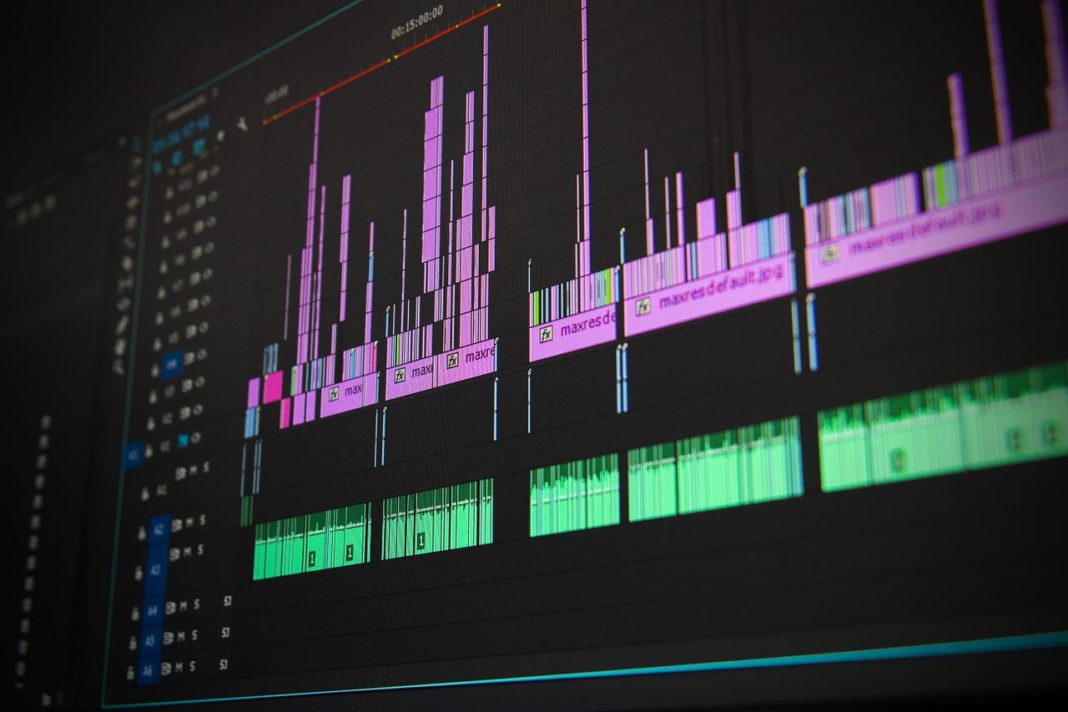Improve your video editing skills with these essential video editing tips and tricks, which range from smoother cuts to color grading.
Beginners can improve their video editing skills and processes by using the best video editing tips and tricks. Video editing is critical to getting it right, but it can be a time-consuming and laborious process. Initially, you may be unsure how to obtain the type of edit you desire. There is so much software available and so many ways to work that it can be overwhelming at first, but in this guide, we suggest ten video editing tips and tricks that can make a significant difference for beginning video editors.
The suggestions below cover everything from selecting the best video editing software to where to cut scenes and how to make sure the music you use works with the images. These video editing tips are applicable to all types of videos, so they should help you raise the standard of your video content whether you’re working on films, a personal vlog, a documentary, or creative shorts.
We emphasize the importance of video editing software in our tips, and you’ll find quick links to our top three recommended tools below. Simply scroll down for our top ten video editing tips and tricks. You may also be interested in our guide to the best laptops for video editing.
Video editing tips and tricks: the best software
01. Get the right software
Getting the right tools is first on our list of video editing tips and tricks. With so many editing software options available, it can be difficult to decide which to use. In fact, there are now so many programs that it is nearly impossible to compare them all. However, if you’re thinking about working in video editing, it’s a good idea to familiarize yourself with industry standards. These are Adobe’s Premiere Pro (opens in new tab), Apple’s Final Cut Pro (opens in new tab), and DaVinci Resolve (opens in new tab).
These are, however, complex programs with steep learning curves. If you don’t think you’re ready for that, Adobe and Apple both offer simplified versions of their professional software in the form of Premiere Elements(opens in new tab) and iMovie(opens in new tab). Just keep in mind that these are severely limited when compared to full-fledged editing software. There are plenty of other options for newcomers, such as Filmora and Pinnacle Studio. Fortunately, many of these tools provide a free trial period, allowing you to test them all out to see which one is best for you. More options can be found in our comprehensive guide to the best video editing software.
02. Keep it short
There’s a reason TikTok and Instagram Reels have grown in popularity. People’s lives are busier than ever, and there are more sources of media content than ever before, so attention spans aren’t what they used to be. The most common criticism leveled at amateur films today, as well as many professional ones, is that they are too long.
That doesn’t mean you should reduce your half-hour masterpiece to 30 seconds, but you can certainly improve it by cutting out anything unnecessary. In video editing, as in any other type of editing, it’s important to be brutal with your own work – if a line or a shot doesn’t add anything that isn’t stated elsewhere, try removing it and seeing if the video flows better without it.
03. Cut on action
A transition from one angle of a scene to another can be startling at times. This is common when using different takes, but it can also occur when using two cameras on the same take. One video editing tip that can help make edits look smoother is to cut in the middle of an action rather than at the end.
For example, in a scene in which a person walks across a room and sits down, begin with a wide shot and cut to a close-up as the person sits, not after they’ve sat. Because the movement distracts the viewer’s eye, this looks smoother and helps cover up minor continuity errors.
04. Cut away from speakers
Another important video editing tip is to know when to cut when people are speaking. If you focus solely on one person speaking, your video may appear static. It’s usually better to cut away to other visuals as the speech continues to improve pace. Consider adding B-roll illustrating what you’re talking about when editing a vlog in which you speak to the camera, for example.
When there are two or more people in a scene, it is often more important to see the person who isn’t speaking than the person who is. So, while Person A is speaking, try cutting to Person B at some point. If they exhibit an interesting nonverbal reaction, this can add a new dimension to the drama or comedy.
05. Learn to use color
In video editing, there are two color editing processes: color correction and color grading. Color correction entails adjusting your clips to achieve basic consistency. When shots from two different cameras or taken in different lighting conditions are placed one after the other in an edit, they can look jarringly different, and this can often be fixed by adjusting brightness, contrast, and white balance.
Color grading, on the other hand, is a comprehensive process that gives a scene a distinct “look.” If you’re serious about it, certain high-end editing apps have detailed grading interfaces, but many also make it simple for newcomers to achieve by using LUTs, which apply a preset color style. This can drastically alter the mood of a video. Consider how the tone of your video changes if you make it look colder or warmer.
06. Cut to music
Our next video editing tip and trick recommendation is about music, which is essential for almost all video editing. Setting your video to the right music can really boost its energy – and can often improve its performance if you’re editing for social media. However, amateur editors frequently make the mistake of not synchronizing the editing with the beat of the music, resulting in jarring cuts.
Play the track and tap your fingers along to the music – either on your desk or on the keyboard shortcut to add markers, if your software has one. The points at which you tap are ideal for the video to cut. You can also use the audio waveform to assist you in determining.
07. Balance your audio
Regarding music, another video editing tip is to ensure that your audio is balanced. If the volume of your music makes it difficult to understand what you’re saying, it’s doing more harm than good. Another common error is combining clips with noticeably different volumes of speech. You must carefully balance your audio to avoid grating on the viewer and possibly rendering your video unwatchable.
First, balance your speech. Mute any other audio and go through your video, adjusting the volume of speech clips so they’re as close to each other as possible. Then, around the speech, adjust the other audio elements. If your software supports audio keyframing or ducking, you can use it to reduce music volume when someone walks by.
08. Check your rights
Another common error in using music in video editing is using songs without the proper rights. Sites like YouTube and Facebook have become much more strict in removing videos that contain copyrighted music, so forget about using your favorite hit.
Today, there are numerous websites and services that provide royalty-free music – some for free, some for a fee – making it easy to find alternative tracks that suit your video. However, read the terms carefully to ensure that you are permitted to use the music in the manner you desire. Some licenses are only applicable to certain platforms or use cases. Alternatively, if you have contacts with musicians, they might be willing to work out a deal.
09. Always put the story first
When deciding which shot to use or where to cut when editing video – and, in fact, when making any decision in the editing process – always consider how your choice will affect the story. That is not limited to fiction; all videos, including advertisements, tell a story of some kind.
If you’re adding an effect just to make it look flashy, or selecting clips that look the best, know that this may not be the best approach. Indeed, these options can frequently detract from the main point, which is to tell your story. Consider the message you want viewers to take away from the video, what they should be thinking at each point, and what images and sounds would best enhance that message.
10. Back up your work!
Finally, and perhaps most importantly, in our video editing tips and tricks, we recommend If you lose your job, all of your time and effort will be for naught. Many editing applications perform regular automated backups, which is useful – especially for going back to previous versions if you need to backtrack – but it is not sufficient. These backups are typically saved to the same drive as your main project, so if that drive fails, they will not save you.
Backing up to two additional locations, one of which should not be stored in the same location, is ideal. At the end of each session, we recommend copying your files to both an external hard drive and a cloud server for your own peace of mind. This protects your files from the many things that can go wrong (hard drives fail for a variety of reasons, and even cloud storage isn’t completely infallible – and plenty of video editors have experienced accidentally deleting their own work). For more options, check out our picks for the best cloud storage and the best external hard drives.
At first, video editing may appear to be a daunting task, but if you keep these video editing tips and tricks in mind as you go, you’ll soon be editing like a pro. It’s also a very satisfying process, especially when you see your finished masterpiece.






